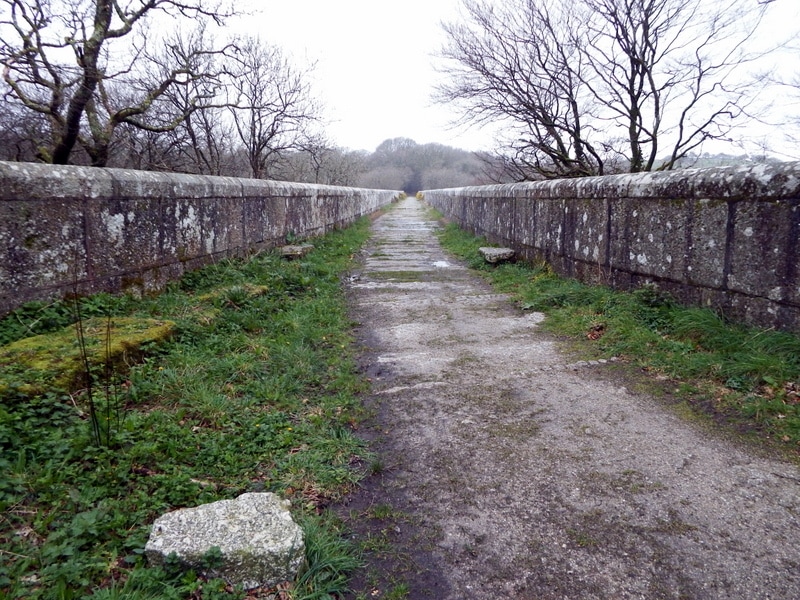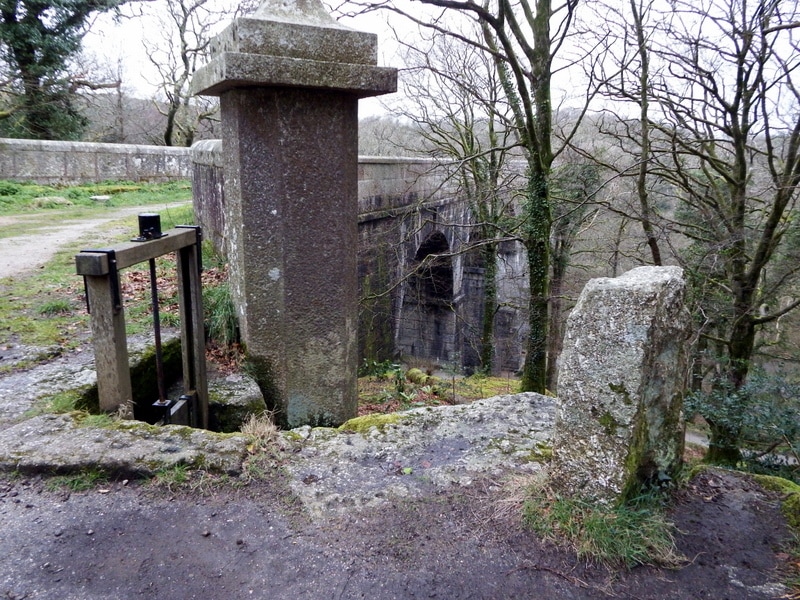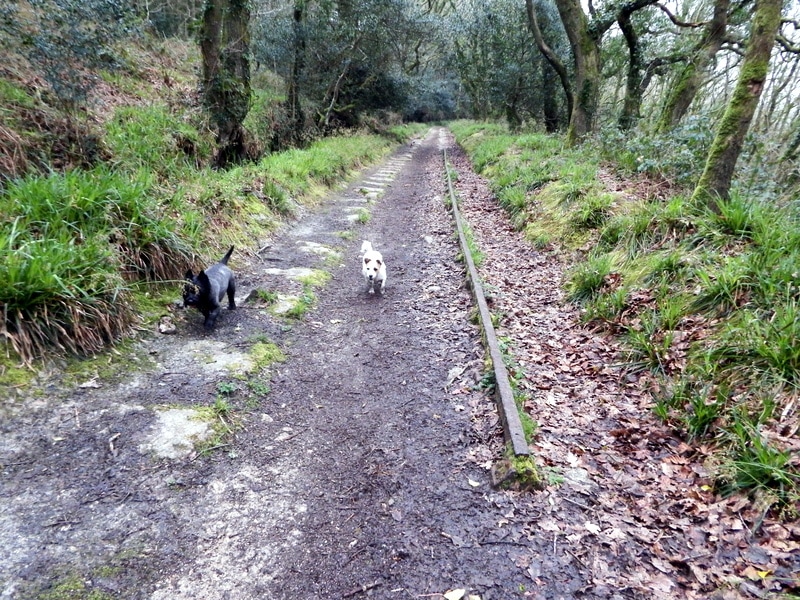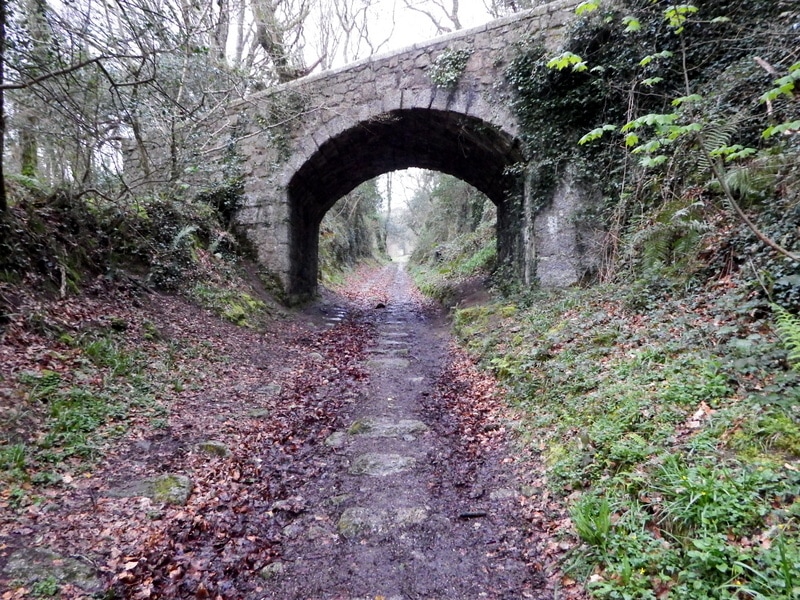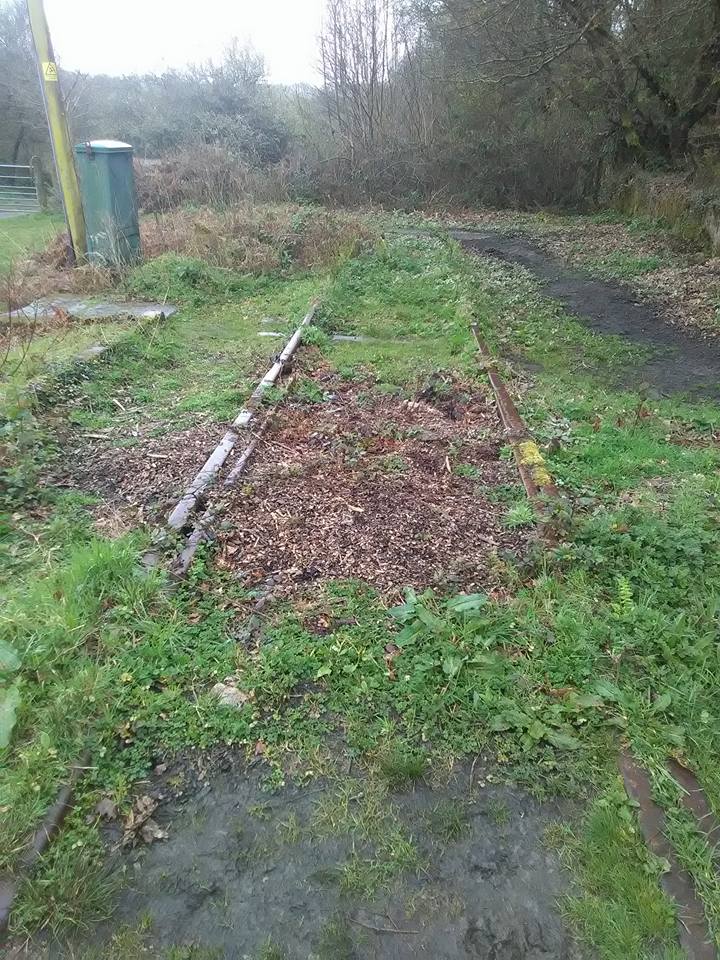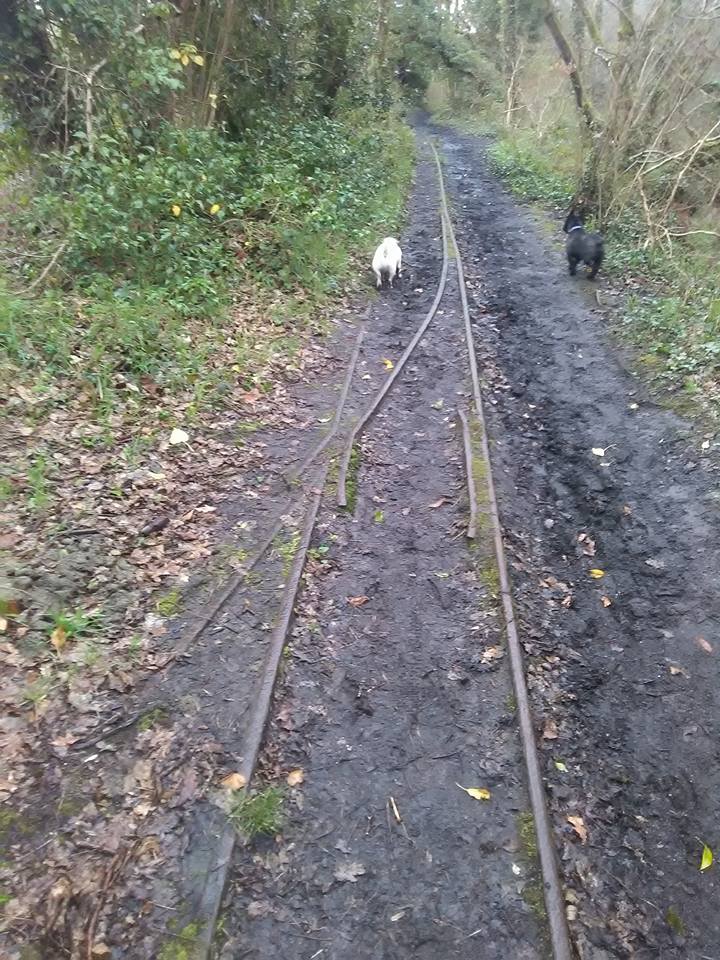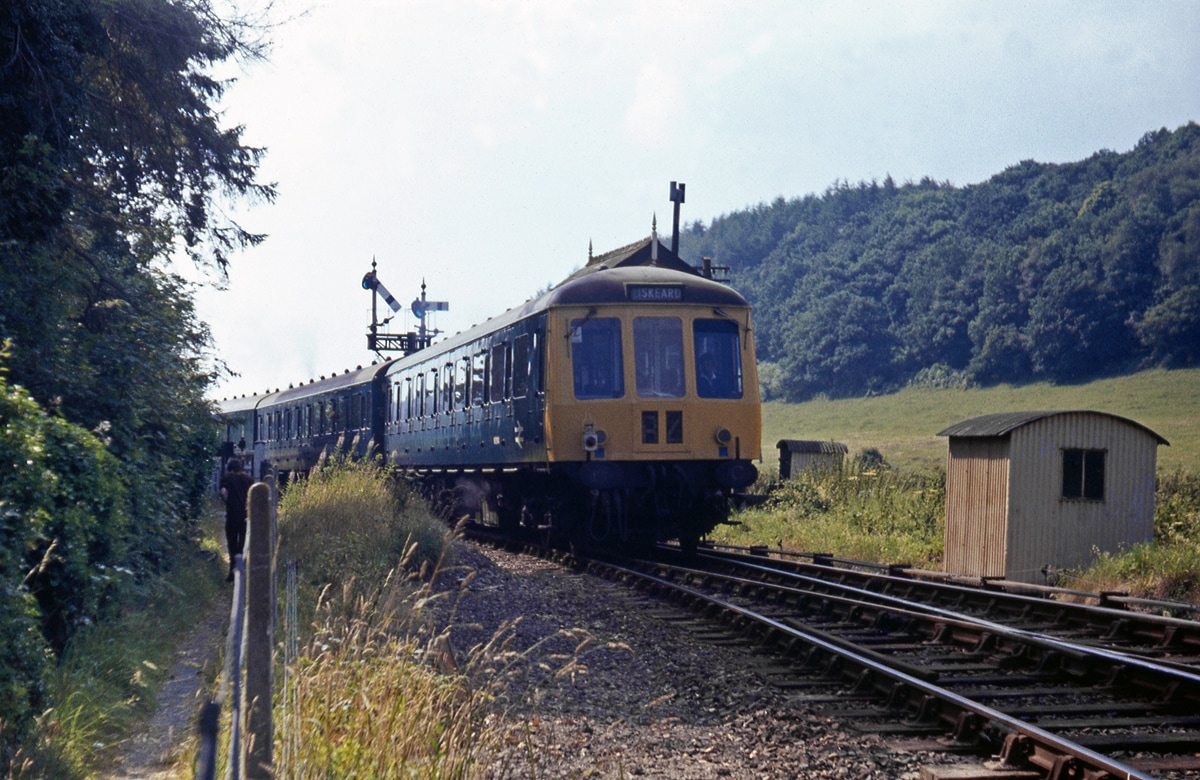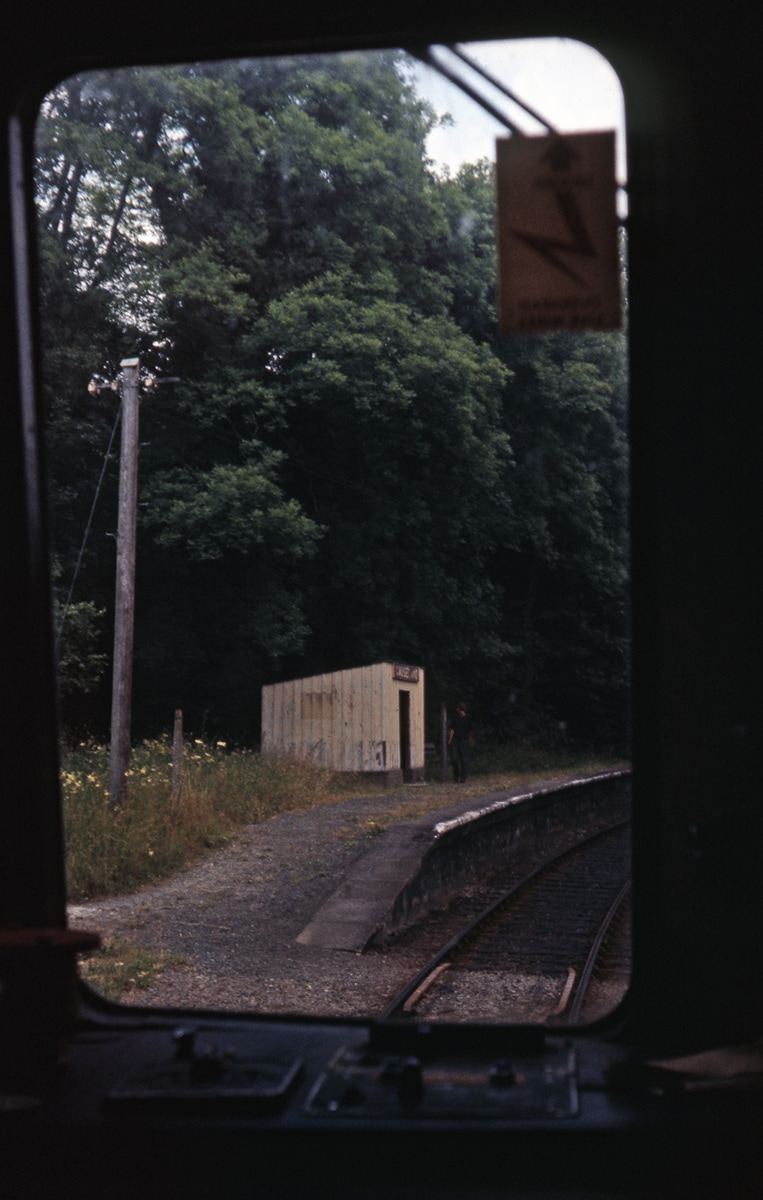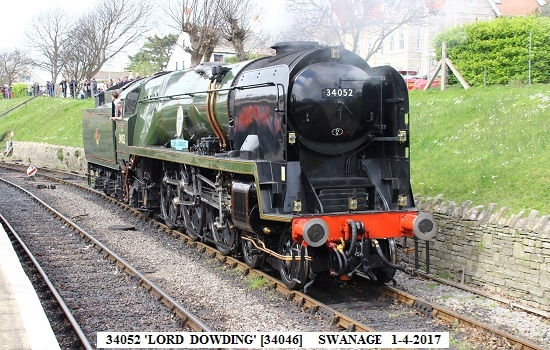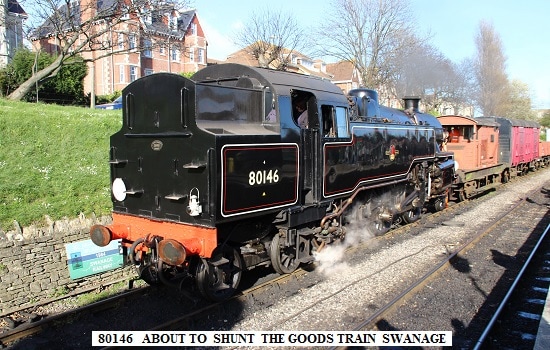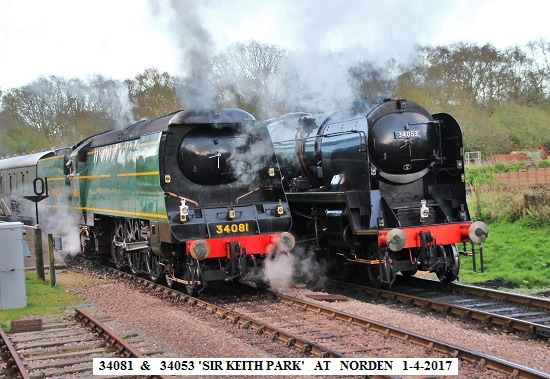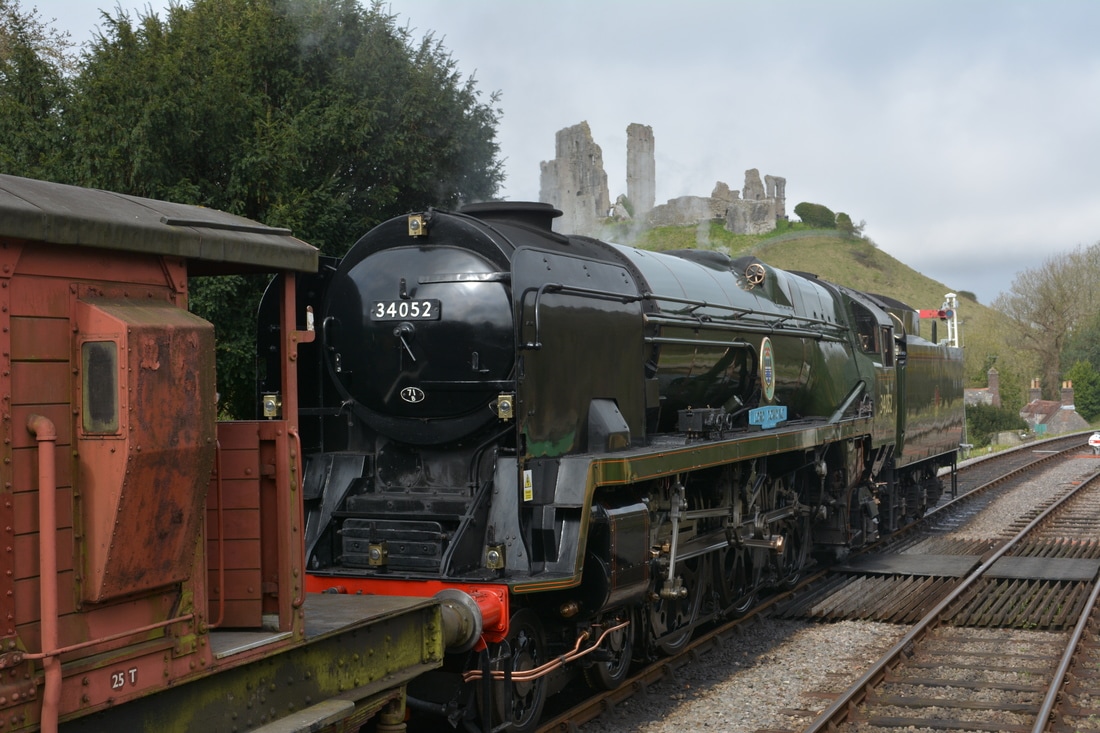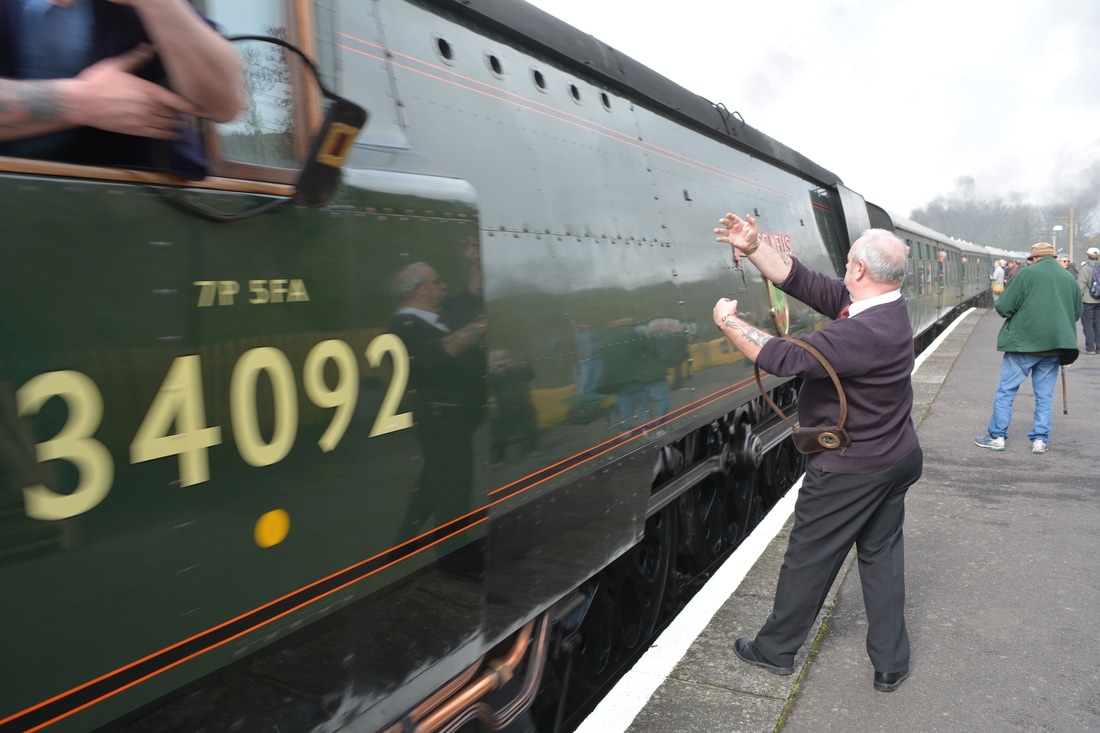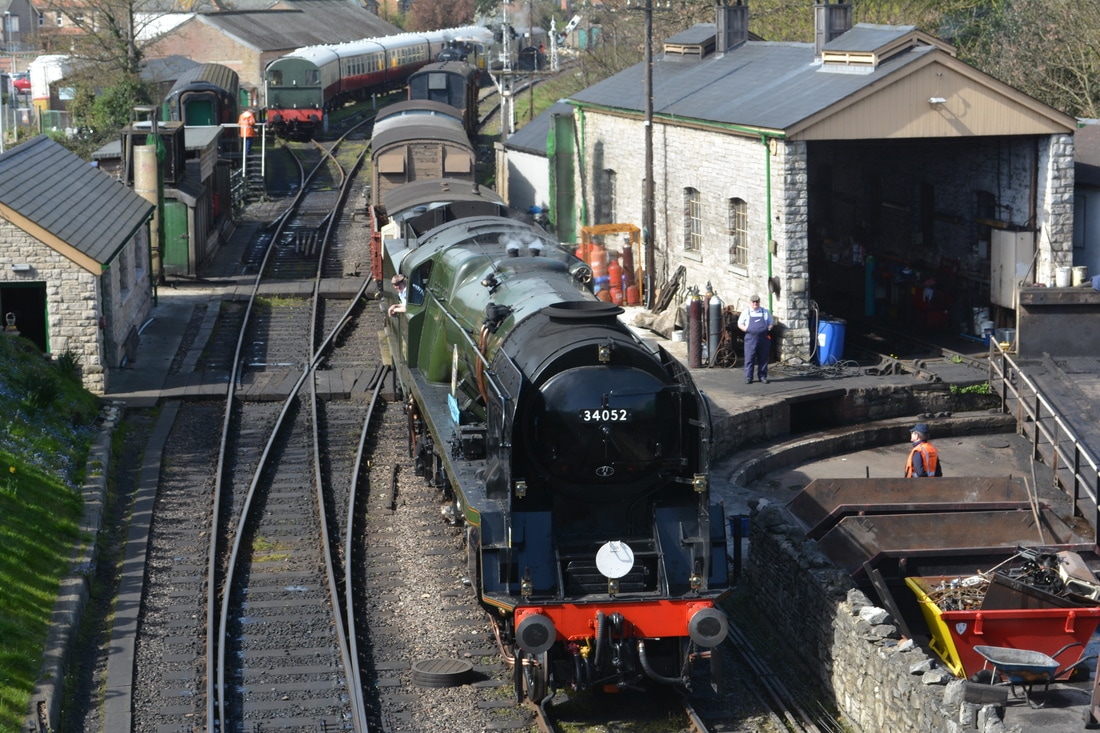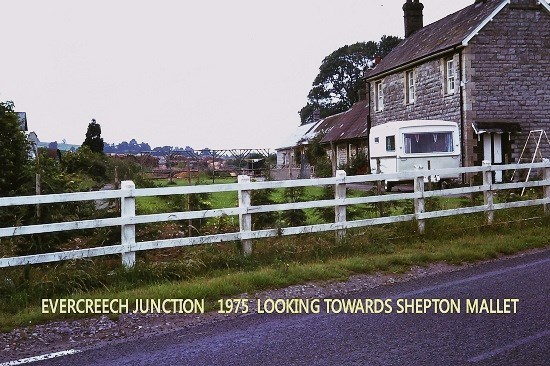Andrew Triggs and Nathen Stockman
Phil Hadley, a new contributor to our website, has very kindly sent us a copy of the results of his researches into the history of Cornish Railways during World War 2. Perhaps a distant memory for some of us, but nevertheless extremely interesting.
We intend to add to this section monthly, year by year.
You are very welcome to add your memories and photographs (If you have any) to Phil's Diary, though these will be 'vetted' by Phil before publication. The diary will be available off the main menu CORNISH RAILWAYS DIARY.
So 'Welcome to you Phil', we very much look forward to seeing the results of your research.
WORLD WAR TWO DIARY
Compiled by Phil Hadley
Part 1 1939
Friday 1st September 1939
The 6:30am from Paddington, headed Evacuation Train No 103, brought 544 children and their teachers to St Austell station where they are met by Lady Vivian of Glynn House, Bodmin and her team of W.A.S. women. WB
The Railway Executive Committee was given its formal powers by the signing of the Emergency (Railway Control) order. Their headquarters were in the closed Down Street Station on the Piccadilly Line, deep underground. GWR
Saturday 2nd September
An evacuation train of 12 coaches arrived 20 minutes ahead of schedule at Camborne bringing 960 arrivals including a large number of mothers with young children and expectant mothers. Among the number were 300 children from Maida Vale High School for Girls & Marylebone Grammar School for Boys. WB
Sunday 3rd September
A train with its identification number of 116 painted boldly across the front of the engine boiler brought to Truro 230 children and mothers from Acton to be billeted in the Truro area with another 159 changing onto buses to head for Penryn. WB
Tuesday 5th September
Military ambulance trains and civilian evacuation trains all fitted up and ready for service. The GWR has 6, the SR 3. Most are based in London. RM
Monday 11th September
The Railway Executive Committee put the railways of Britain on a wartime footing. Passengers were informed by a poster warning Passenger Train Services will be considerably curtailed and decelerated, Reduced Fare Facilities were cancelled, the reservation of seats and compartments was discontinued and Restaurant Car facilities were withdrawn. GWR
Monday 25th September
The GWR’s evacuation timetable comes to an end. GWR
The full emergency service begins on the GWR and LMSR. RM
The maximum permitted speed for trains was raised from 60 to 75 mph with the schedules and timetables being adjusted to take account of this. GWR services were also reinstated via Westbury rather than the ‘Great Way Round’ via Bristol. GWR.
This had little impact on journeys within Cornwall as the curves and banks usually prohibited the speed anyway.
Prior to these changes the best time from Paddington to Penzance had increased by 125 minutes on its pre-war norm to 8 hours 35 minutes, while the total number of trains in both directions decreased from nine to six. GWR
Monday 16th October
Restaurant Car services were reintroduced on the GWR after light-proof curtains had been fitted. GWR
The full emergency service begins on the SR, the last of the Big Four to do so. RM
Sunday 1st December
The GWR started their series of specials to allow parents to visit their evacuated children. 4,000 parents were carried on this day and numbers increased during the month as these proved very popular. GWR
SOURCES (if not fully given in the text)
CG Cornish Guardian (Cornwall Centre)
WB West Briton (Cornwall Centre)
FP Falmouth Packet (Cornwall Centre)
CM Cornishman (Cornwall Centre)
PWD War Diary of Cornwall Constabulary (County Records Office)
WBF When Bombs Fell by Phyllis Rowe & Ivan Rabey
ECMR East Cornwall Mineral Railways by Maurice Dart
GWR History of the Great Western Railway by Peter Semmens
BLP Branch Line to Padstow by Vic Mitchell & Keith Smith
RM Railway Magazine December 1939
Ron Kosys
John Cornelius & Roger Salter
John Cornelius
